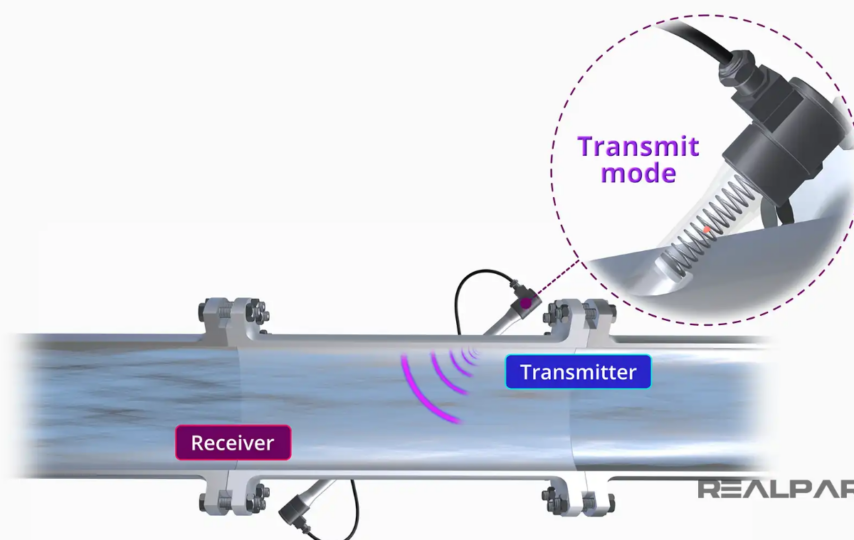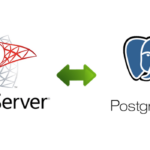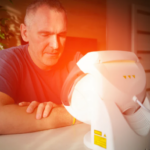Ultrasonic flow meters have become increasingly popular in various industries for their non-intrusive and accurate measurement of fluid flow. As technology continues to advance, these devices are gaining prominence due to their versatility and reliability.
However, many of us who are introduced to an ultrasonic flow meter often have questions regarding its functionality and applications.
Let’s explore some commonly asked questions about ultrasonic flow meters.
How do they work?
Ultrasonic flow meters operate on the principle of utilizing ultrasonic waves to measure the velocity of a fluid. These meters consist of sensors that transmit and receive ultrasonic signals.
You will discover there are two main types of flow meters, transit-time and Doppler ultrasonic flow meters.
Transit-time meters employ ultrasonic signals traveling with and against the fluid flow to measure the time difference. This allows for the calculation of velocity.
Conversely, Doppler meters utilize the frequency shift caused by the movement of suspended particles or gas bubbles within the fluid to determine velocity.
Which type of flow meter you choose depends on the characteristics of the fluid being measured.
What applications are most suitable for using ultrasonic flow meters?
Ultrasonic flow meters are widely used for applications across various industries. These include water and wastewater management, oil and gas, chemical processing, and HVAC systems.
These meters are particularly advantageous for applications where non-intrusive measurement is essential, as they do not require cutting into pipes or interrupting the flow of the fluid.
They are also well-suited for measuring a wide range of fluids, from clean water to liquids with suspended particles.
How accurate are they?
One of the key advantages of ultrasonic flow meters is their high level of accuracy. When properly installed and calibrated, these meters can achieve accuracy levels within 1% or even better.
In addition, the non-intrusive nature of ultrasonic flow measurement also reduces the risk of inaccuracies caused by pipe obstructions or wear and tear.
Regular maintenance and calibration are essential to ensure continued accuracy over time.
What are the main challenges when using an ultrasonic flow meter?
One common challenge is the need for a certain level of fluid conductivity to enable accurate measurement. This is because ultrasonic waves may not propagate well in low-conductivity fluids.
Also, the presence of air bubbles or impurities in the fluid can affect the accuracy of measurements, especially in Doppler ultrasonic flow meters.
Environmental conditions, such as extreme temperatures or high-pressure environments, can also impact the performance of ultrasonic flow meters.
These potential drawbacks are the reason you need to choose the right type of ultrasonic flow meter for specific applications.
How can efficiency be improved with a flow meter?
Ultrasonic flow meters contribute to increased efficiency in fluid management systems. Their non-intrusive installation minimizes downtime during installation, and their high accuracy ensures precise measurement of fluid flow.
This accuracy, combined with the ability to monitor flow rates in real-time, allows for better control of processes. This often leads to improved efficiency and reduced waste.
It is also worth noting that the non-contact nature of ultrasonic flow meters reduces the risk of leaks or contamination associated with invasive measurement methods.
Ultrasonic flow meters have emerged as a reliable and versatile solution for fluid flow measurement in various industries.
The technology behind these meters continues to advance and the development of innovative features will likely contribute to their increased adoption across industries seeking efficient and accurate flow measurement solutions.








